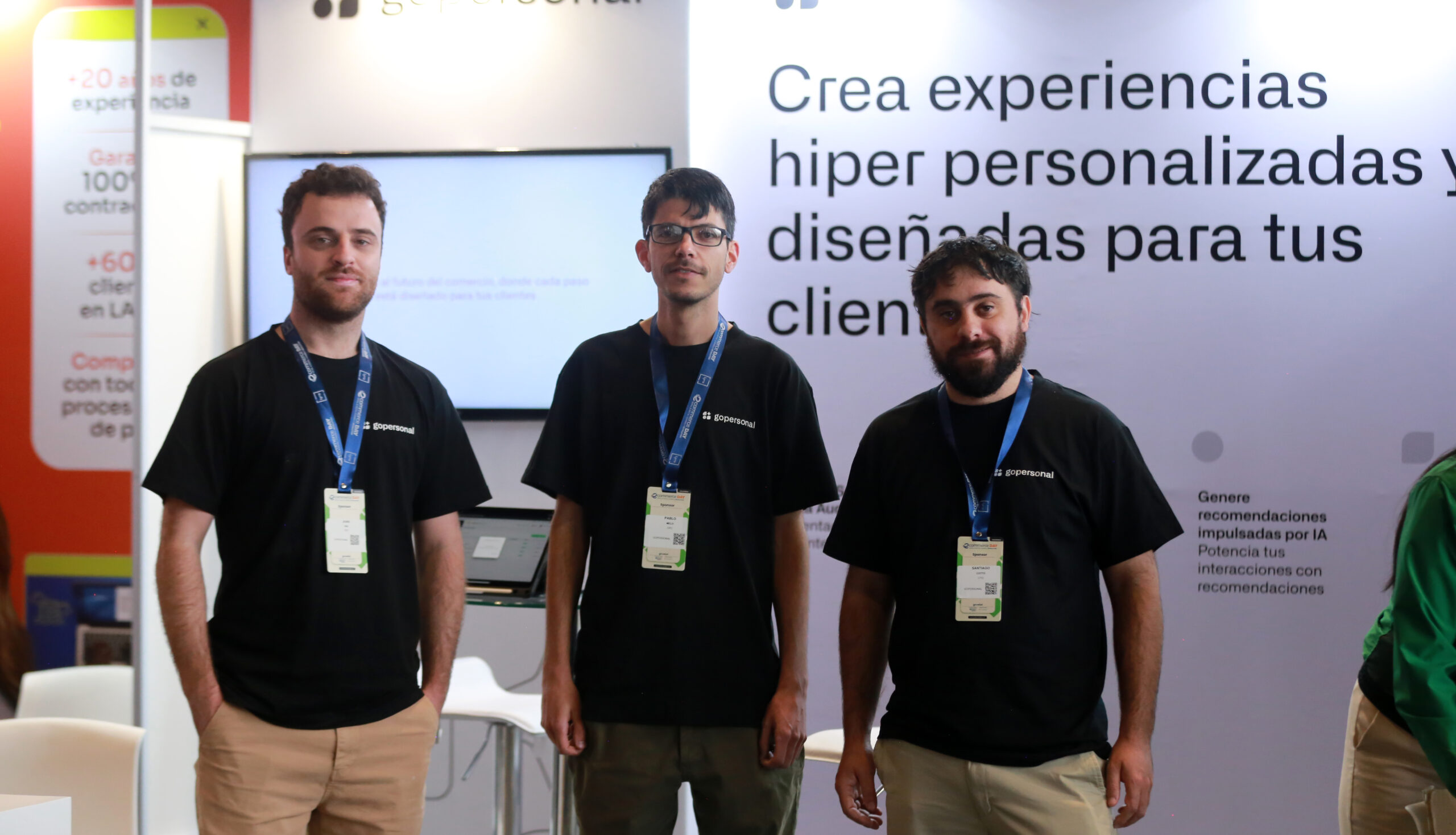Many successful startups have been created to solve a problem that the founders themselves faced. By identifying a problem that needs to be solved, entrepreneurs can create a business that provides value to customers. This approach ensures that there is a market for the product or service and can increase the chances of success.
Another way to come up with a startup idea is to look for trends in the market. This can be done by researching industries that are growing rapidly or by identifying gaps in existing markets. By keeping up with current trends and innovations, entrepreneurs can create a business that is relevant and in demand.
Identifying a Problem
Before starting a startup, it is essential to identify a problem that needs to be solved. Without a problem, there is no need for a solution. Here are three ways to identify a problem:
Observation
Observation is one of the easiest ways to identify a problem. By observing people, products, and services, one can find areas that need improvement. For example, if someone notices that people struggle to carry heavy grocery bags, they can create a solution that makes carrying grocery bags easier.
Observation can be done in various settings, such as in public places, at home, or at work. It is essential to pay attention to people's behavior and the problems they face. This can help generate ideas for a startup.
Experience
Personal experience is another way to identify a problem. By experiencing a problem firsthand, one can better understand the issue and create a solution. For example, if someone has trouble falling asleep at night, they can create a product that helps people fall asleep faster.
Personal experience can also come from working in a particular industry. By working in an industry, one can identify problems that are common in that field. This can help generate ideas for a startup that can solve those problems.
Research
Research is a crucial part of identifying a problem. By researching different industries and markets, one can find areas that need improvement. This can be done through online research, surveys, and focus groups.
Research can also help identify trends and patterns in different markets. By understanding these trends, one can create a solution that meets the needs of a particular market.
Overall, identifying a problem is the first step in creating a successful startup. By observing people, personal experience, and research, one can find areas that need improvement and create a solution that solves those problems.
Brainstorming Solutions
When it comes to generating startup ideas, brainstorming is a popular and effective technique. There are two main methods for brainstorming: solo brainstorming and group brainstorming.
Solo Brainstorming
Solo brainstorming is a technique where an individual generates ideas on their own. This method is useful for those who prefer to work independently or those who need time to reflect on their thoughts. Here are a few ways to approach solo brainstorming:
- Mind Mapping: Mind mapping is a visual brainstorming technique that starts with a main topic and branches off with ideas and subtopics as you brainstorm them. You can create a mind map digitally using mind mapping apps or with just a piece of paper and a pen.
- Reverse Brainstorming: In reverse brainstorming, instead of generating ideas for a solution, you generate ideas for problems. This technique can be useful for identifying pain points that your startup can solve.
- SCAMPER: SCAMPER is an acronym for Substitute, Combine, Adapt, Modify, Put to another use, Eliminate, and Reverse. It is a technique for generating new ideas by asking questions related to each of the letters in the acronym.
Group Brainstorming
Group brainstorming is a technique where a group of people generates ideas together. This method is useful for those who thrive in collaborative environments or those who benefit from bouncing ideas off of others. Here are a few ways to approach group brainstorming:
- Round Robin: In round robin brainstorming, each person in the group takes turns sharing an idea until everyone has had a chance to contribute.
- Brainwriting: Brainwriting is a technique where each person writes down their ideas on a piece of paper and then passes it to the person next to them. The next person reads the previous ideas and adds their own ideas.
- Structured Brainstorming: Structured brainstorming is a technique where the group follows a specific process or set of rules for generating ideas. For example, the group may be asked to generate as many ideas as possible in a set amount of time.
Validating Your Idea
Once you have an idea, it's important to validate it before investing time and money into building a product. Validating your idea means ensuring that there is a market for it and that it solves a real problem for potential customers. This section will cover two important aspects of validating your idea: market research and MVP testing.
Market Research
Market research involves gathering information about your target market and competitors to understand the demand for your product and potential barriers to entry. This information can be gathered through primary research, such as surveys and interviews, or secondary research, such as analyzing industry reports and online data.
Some key questions to consider during market research include:
- Who is your target market?
- What are their pain points and needs?
- Who are your competitors?
- What are their strengths and weaknesses?
- What is the market size and potential growth?
By answering these questions, you can better understand the viability of your idea and potential market opportunities.
MVP Testing
Once you have a solid understanding of your market, it's time to build a Minimum Viable Product (MVP) to test your idea with potential customers. An MVP is a basic version of your product that includes only the core features necessary to solve the customer's problem.
Testing your MVP with potential customers allows you to gather feedback and validate your assumptions about the market. Some key metrics to consider during MVP testing include:
- Conversion rate: How many people who visit your website or app actually become customers?
- Retention rate: How many customers continue to use your product over time?
- Customer feedback: What are customers saying about your product? What features do they like or dislike?
Based on this feedback, you can make informed decisions about how to improve your product and better meet the needs of your target market.
Refining Your Idea
Once you have a startup idea, it's time to refine it. This process involves collecting feedback, iterating on your idea, and making sure it's viable.
Feedback Collection
One of the best ways to refine your idea is to collect feedback from potential customers. This feedback can help you identify flaws in your idea and make necessary changes. There are several ways to collect feedback:
- Conduct surveys online or in person
- Hold focus groups to get more in-depth feedback
- Ask for feedback from friends or family
- Attend industry events and talk to potential customers
By collecting feedback, you can get a better sense of what your potential customers want and need. This information can help you make changes to your idea and create a product that people will actually want to use.
Iteration
Once you've collected feedback, it's time to iterate on your idea. This involves making changes to your product or service based on the feedback you received. It's important to keep in mind that your idea may need to change significantly in order to be successful. Some things to consider when iterating on your idea include:
- Identifying key features that are important to your potential customers
- Considering different pricing models
- Thinking about potential partnerships or collaborations
- Looking at ways to differentiate your product from competitors
By iterating on your idea, you can create a better product that meets the needs of your potential customers. This process may take time, but it's important to get it right before launching your startup.
Conclusion
Coming up with a startup idea can be a daunting task, but it is not impossible. By using the right frameworks and approaches, anyone can find a viable startup idea. It is important to remember that startup ideas do not have to be revolutionary or groundbreaking. Often, the best ideas are simple solutions to everyday problems.
One approach to finding a startup idea is to focus on founder-market fit. This involves identifying one's unique skills, expertise, and relationships and using them to build a product. Another approach is to look for problems that the individual or their community faces and try to come up with a solution.
It is also important to remember that startup ideas can evolve over time. Airbnb, for example, started as a website for renting air beds and evolved into a platform for vacation rentals. Therefore, it is essential to stay open-minded and be willing to pivot if necessary.
Finally, it is crucial to validate the startup idea before investing time and resources into it. Conducting market research, creating a minimum viable product, and getting feedback from potential customers can help determine whether the idea has potential.
Overall, finding a startup idea requires creativity, persistence, and a willingness to take risks. By following the right frameworks and approaches, anyone can find a startup idea that has the potential to succeed.







